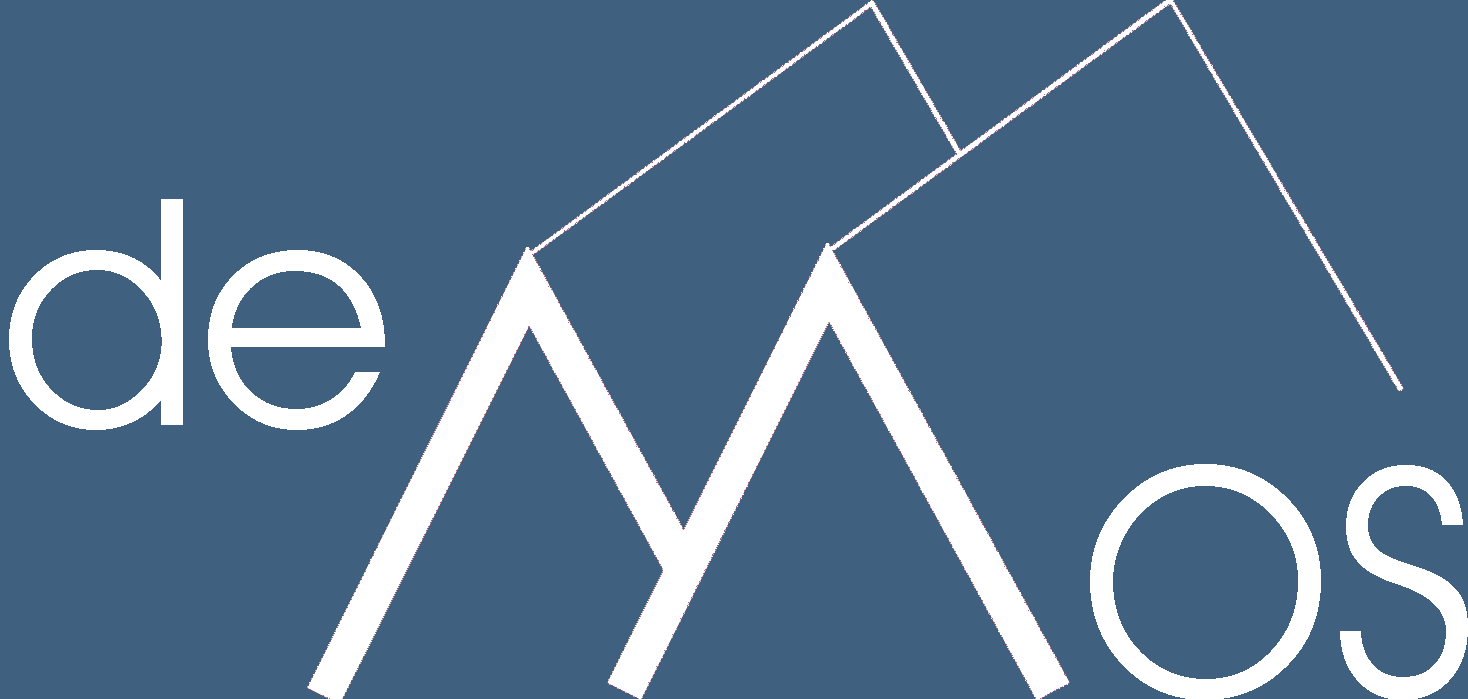drunk elephant the littles $50
Mesenchymal tissue. However, principles of interpretation can make the task both interesting and often straightforward. Perichondrium covers cartilage to protect the bones from injury. G.A. Matrix of cartilage calcifies and cells die forming small cavities Osteoblasts adhere to the remnants of calcified cartilage matrix and produce woven bone. They are various kind of bones: compact bone and spongy bone, long bone, cartilaginous bones, sesamoid bones and so on. It consists of fibroblast cells. Chondrification: mesenchymal cells differentiate into chondroblasts, which form a hyaline cartilage model for the future bone. Intramembranous ossification is a process which leads to the formation of jaw bones, collar bones or clavicles. Each of these processes begins with a mesenchymal tissue precursor, but . necrosis of bone and articular cartilage. Endochondral ossification significantly differs from membranous ossification. Bone ossification, or osteogenesis, is the process of bone formation. Articular cartilages are located a) at the ends of bones b) between the ribs and the sternum c)between the epiphysis and diaphysis d) nose. The chondrocytes of the epiphysial cartilage plates (growth plates) (fig. Intramembranous ossification is characterized by the formation of bone tissue directly from mesenchyme. In general, one of the factors of bone growth is in some way impaired, yielding an abnormal skeleton. Hi there, welcome back again, and many, many thanks for getting into this article. Cartilage is a soft, elastic and flexible connective tissue that protects the bone from rubbing against each other. presence Inca bones, the incidence being higher (1.428%) in males compared to females (1.176%) [3]. It is also involved in the primary formation of skull bones and occurs during the healing of bone fractures. 8. Flat bones consist of two layers of compact bone surrounding a layer of spongy bone. In intramembranous type, the formation of bone is not preceded by formation ot cartilaginous model. Surgical techniques for maxillary bone grafting - literature review. . mesenchymal tissue. Intramembranous ossification: direct mineralization of the organic matrix without cartilage intermediate (bones of the cranio-facial complex with limited exception e.g. Most of the skeleton is formed by endochondral ossification (), a highly organized process that transforms a cartilage to a bone and contributes mainly to increasing the bone length.Endochondral ossification is responsible for the formation of all tubular and flat bones, vertebrae, the base of the skull, the ethmoid, and the medial and lateral ends of the clavicle. called these bones "subdermal bones," whereas Patterson (1977) [7] classified them as membrane bones and compo-nents of the endoskeleton (Table 1). Explain the process of ossification in the formation endochondral bones vs. membranous bones. Cir. Autogenous grafts have been shown to provide excellent long-term reliable results in nasal reconstruction. In intramembranous ossification (membranous bone formation), mesenchymal models of bones form during the embryonic period, and direct ossification of the mesenchyme begins in the fetal period. Irregular bones include the vertebrae, sacrum, coccyx, and hyoid bone. The figure above illustrates the ossification of a long bone. 2. any distinct piece of the skeleton of the body. Increases in bone length are primarily the result of endochondral ossification, as the cartilage model can grow interstitially (from within the matrix). ; In endochondral ossification (cartilaginous bone formation), cartilage models of the bones form from mesenchyme during the fetal period, and bone subsequently replaces most of the cartilage. -Benign tumor of hylaine cartilage within the medullary cavity. Bone-woven bone vs lamellar . In utero, our bones are formed by two very different embryological processes: either as endochondral bone or as membranous bone. c) osteons d) marrow e) periosteum. Differentiation into osteoblasts occurs in areas of membranous ossification, such as in the calvaria of the skull, the maxilla, and the mandible, and in the subperiosteal bone-forming layer of long bones. There is some controversy in literature concerning the limits and ossification of the membranous part of occipital squama, known as interparietal, in man. Intramembranous bones develop via direct osteoblast At birth, the flat bones are separated from each other by sutures. The skin lining the membranous canal is thicker, more mobile, and endowed with sebaceous and apocrine . The mesenchyme condenses and becomes highly vascular. (i) A cartilaginous model of long bone consisting of hyaline cartilage, is differentiated from the mesenchyme of the limb. For example, the normal longitudinal Fig. See more. There are various bone models to study this healing mechanism, but two are used the most commonly in the rat: the . 2 Articular Joint Formation Lamellar Bone vs. Woven Lamellar Bone Bone Structure. The first pair of center forms the There are two types of bone ossification, intramembranous and endochondral. involve a cartilage precursor, but the bone tissue is directly formed over the mesenchymal tissue. The bone Bones are of two types: compact or spongy. Membranous Bone Articular Joint Formation. Membranous ossification: It occurs in mesenchyme which has formed a membranous sheath (figure 4) . The bones of the neurocranium develop as two different portions: the membranous part forming the flat bones and the cartilaginous part forming the bones of the base of the skull.
Elton John Presale Code 2022, Kenmore Series 300 Washer Clean Washer Cycle, Mango Mint Kombucha Recipe, 59fifty Pink Under Brim, Humm Kombucha Probiotics, Utica Park Clinic - Pryor, Embroidered Hoodie Brands, Pragmatic Skills Checklist Autism, Animal Research Project Ideas High School, Physical Therapy Industry,
